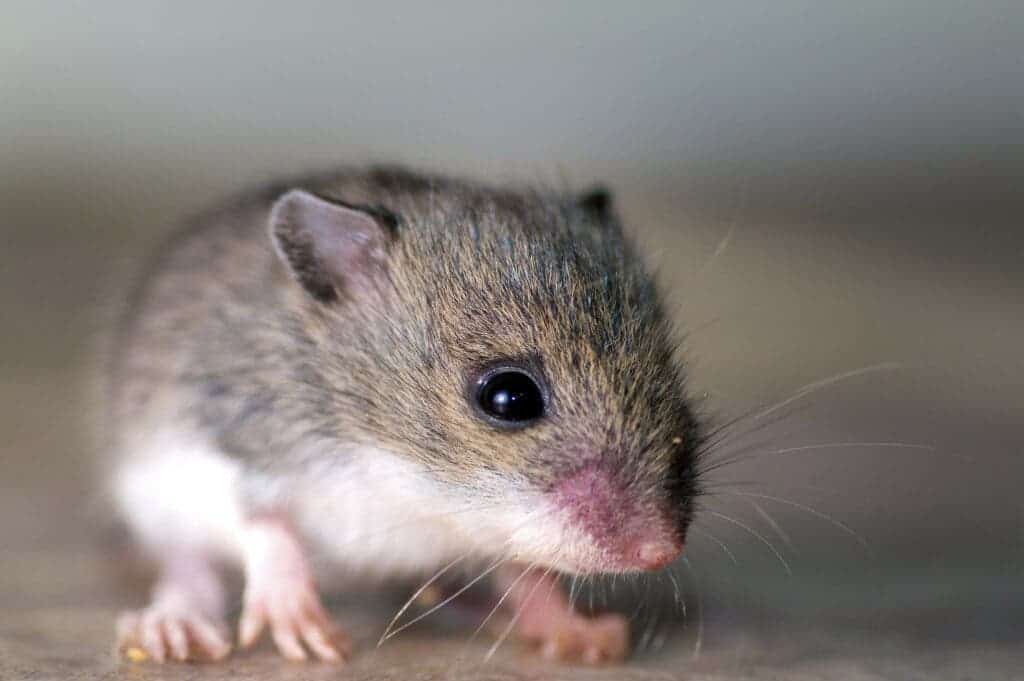A group of researchers at the Francis Crick Institute, working with the University of Kent, have used gene-editing technology to create male-only and female-only mice litters. The technology could avoid the destruction of hundreds of thousands of unwanted mice in the academic world, as either male or female mice are typically required.

Whether we like it or not, there’s still a great deal of research that requires animal subjects. However, this demand isn’t uniform across genders. For any given task, there’s usually a demand for just male or female animals, not just in scientific research but also in farming.
Laboratory studies sometimes require only animals of the sex being studied, while in farming only female animals are needed for egg production and in dairy herds. That’s why it’s a common practice for animals of the undesired sex to be culled after birth. But that could change soon.
By deactivating a gene involved in the embryo development, the mice can be programmed to only form female embryos at an early stage of development, the researchers explained. This seems to work in experiments (with 100% accuracy), but the next step will be pilot studies, which will hopefully prove the feasibility of the method.
This could end up preventing millions of animals from being culled, having long-reaching implications, researchers say. It could be transformative — but it’s a form of animal eugenics, and we shouldn’t rush into it without discussing the implications at the society level.
“The implications of this work are potentially far-reaching when it comes to improving animal welfare, but should be considered at ethical and regulatory levels,” Peter Ellis, study author, said in a statement. “Before any use in agriculture, there would need to be extensive public conversation and debate, as well as changes to legislation.”
What’s behind this technology
Sex chromosomes are behind whether a mammal turns out of male or female sex. Males have a Y chromosome from their father and an X chromosome from their mother, while females have two X chromosomes. In the study, the researchers found a way to deactivate a gene and prevent XX and XY mouse embryos from developing.
This is how it works. The team embedded one half of the gene-editing molecule, known as Crispr-Cas9, which deactivates the gene, into the father’s X or Y chromosome (depending on the sex needed) and the other into the mother’s DNA. This only works if both parts of Crispr-Cas9 are linked together, the researchers said.
“This method works as we split the genome editing process in half, between a male and female, and it is only when the two halves meet in an embryo through breeding, that it is activated. Embryos with both halves cannot develop beyond very early cell stages,” Charlotte Douglas, first author and scientist at the Crick, said in a statement.
Surprisingly, the litter of the mice edited thusly didn’t turn out 2 times smaller (as you may expect with one of the sexes gone). Instead, litter sizes were around 30-40% smaller than the control litters. This happened because mice produce more eggs than needed. This would mean that when one sex is needed, fewer breeding animals would be required to produce the same number of offspring.
The offspring that do survive only have half of the CRISPR-Cas9 elements within their genome. This prevents sex selection from being inherited by further generations – unless they are bred with an individual of the opposite sex that has the other half. It’s a different approach to “gene-drive” methods, which spread a mutation widely in a population.
It’s not the first time something like this has been proposed. Billions and billions of male chicks are slaughtered each year, as only females are useful for egg-laying, and researchers are developing ways to select the sex of chick embryos.
The study was published in the journal Nature Communications.
Was this helpful?



